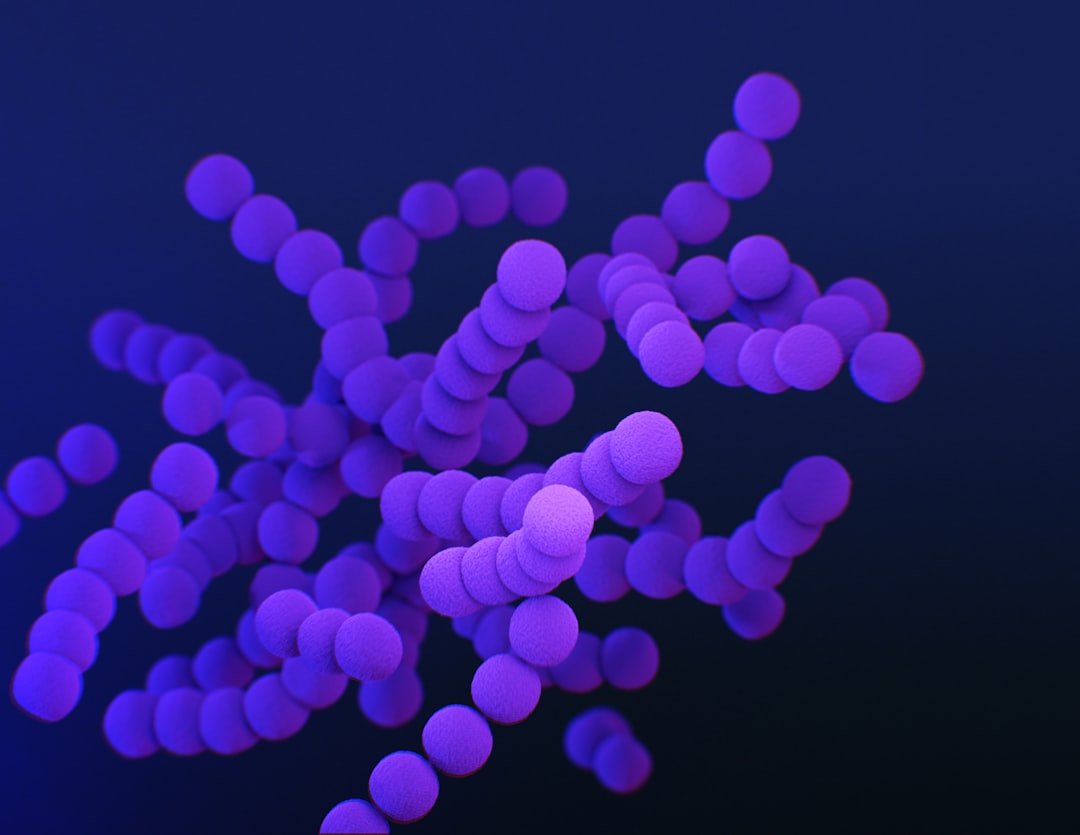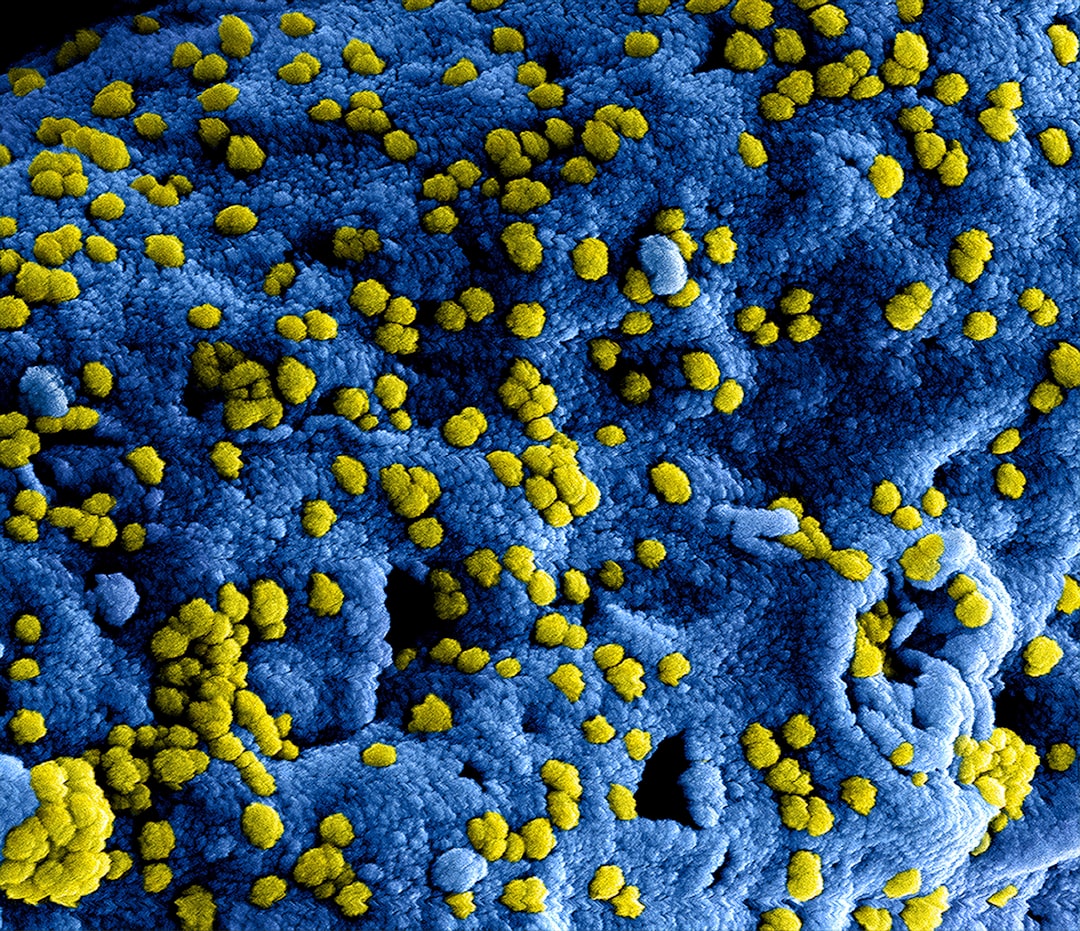What is it about?
In this study, shrimp shell powder, prepared by treating shrimp-processing waste by boiling and crushing, was used as a substrate for isolation of chitinase-producing microorganism. These organisms may have an important economic role in the biological control of rice and other fungal pathogens. Two hundred strains of bacteria with the ability to degrade chitin from shrimp shell waste were isolated from paddy soil, and of these, 40 strains showed chitinase activity in a solid state cultivation. One of the most potent isolates (strain R 176) was identified as Bacillus thuringiensis. Identification was carried out using morphological and biochemical properties along with 16S rRNA sequence analysis. This strain was able to produce high levels of extracellular chitinase in solid media containing shrimp shells as sole carbon source [1.36 U/g initial dry substrate (IDS)], which was 0.36-fold higher than the productivity in a liquid culture with colloidal chitin. The effects of medium composition and physical parameters on chitinase production by this organism were studied. The optimal medium contained shrimp shell mixed with rice straw in 1:1 ratio added with ball-milled chitin 0.5 % (w/v) and ammonium sulfate 0.5 % (w/v). The highest enzyme production (3.86 U/g IDS) by B. thuringiensis R 176 was obtained at pH 7, 37 °C after 14 days growth. With respect to the high amount of chitinase production by this strain in a simple medium, this strain could be a suitable candidate for the production of chitinase from chitinous solid substrates, and further investigations into its structure and characteristics are merited.
Featured Image
Read the Original
This page is a summary of: Solid-state cultivation of Bacillus thuringiensis R 176 with shrimp shells and rice straw as a substrate for chitinase production, Annals of Microbiology, June 2012, Springer Science + Business Media,
DOI: 10.1007/s13213-012-0488-6.
You can read the full text:
Contributors
The following have contributed to this page










